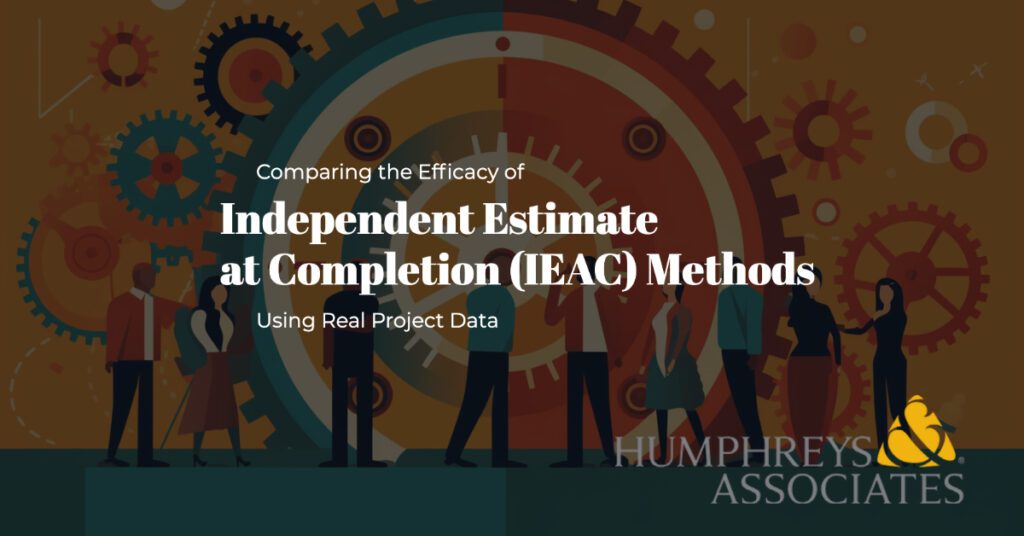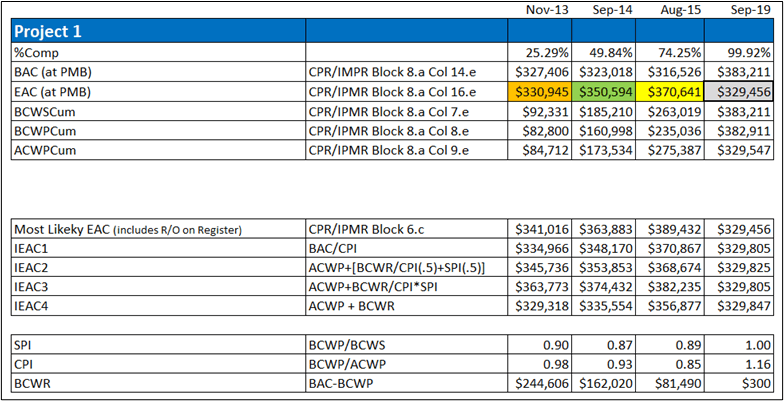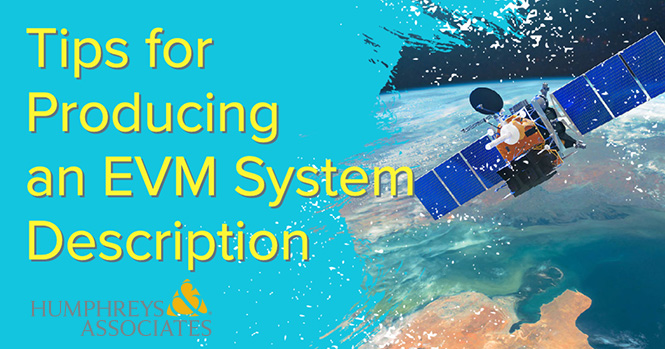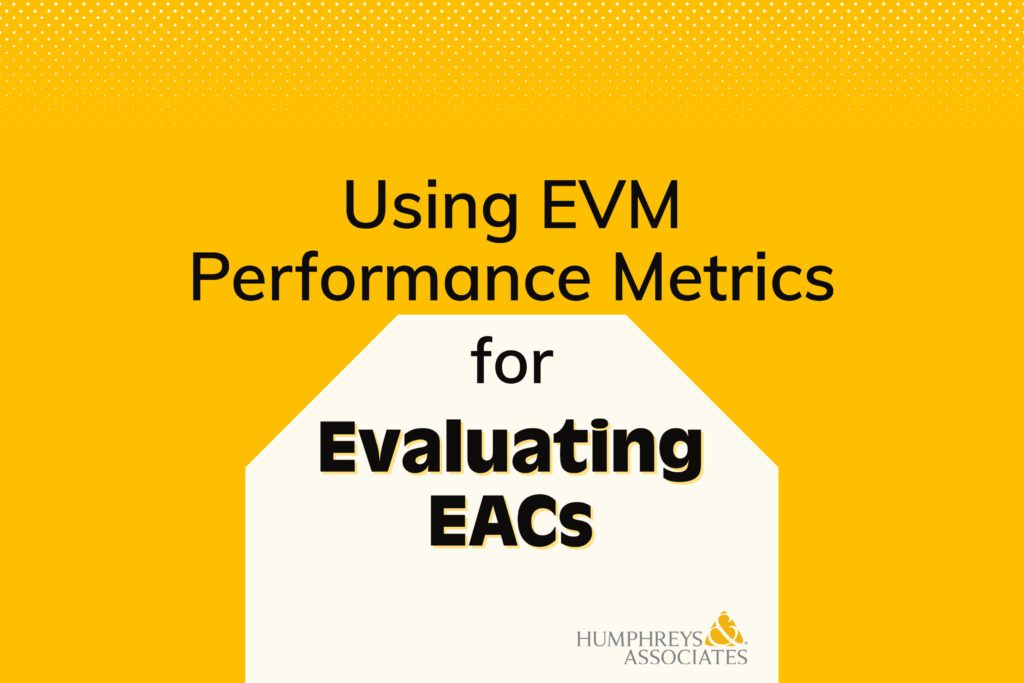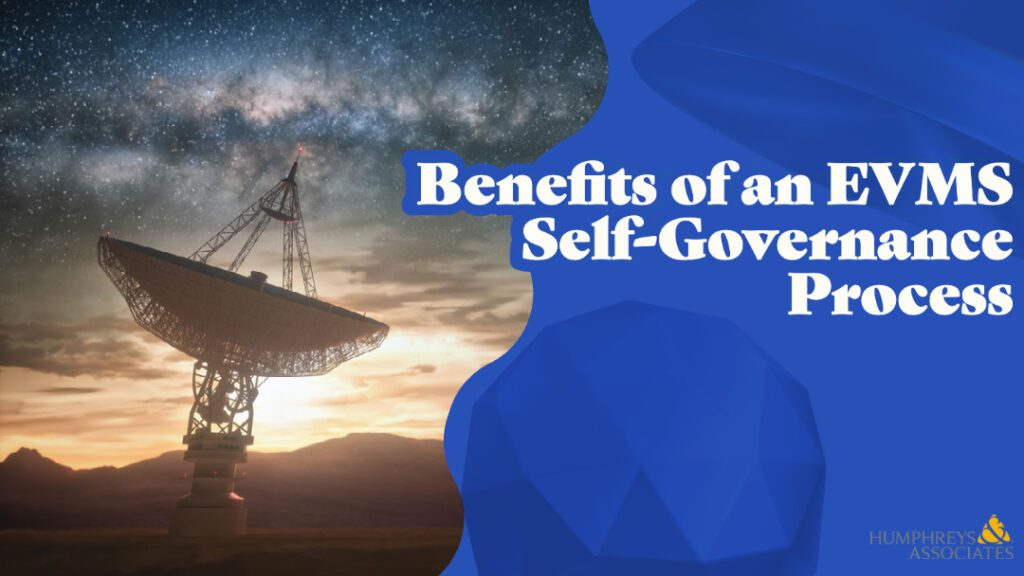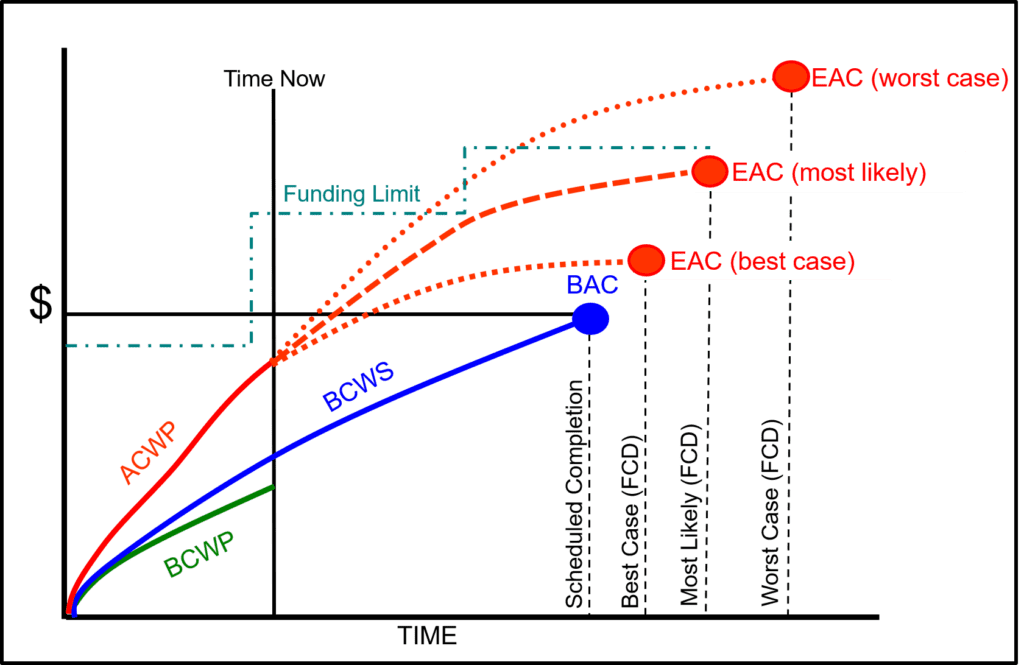Introduction to the IPMDAR Data Deliverable – Tips for Producing the Outputs
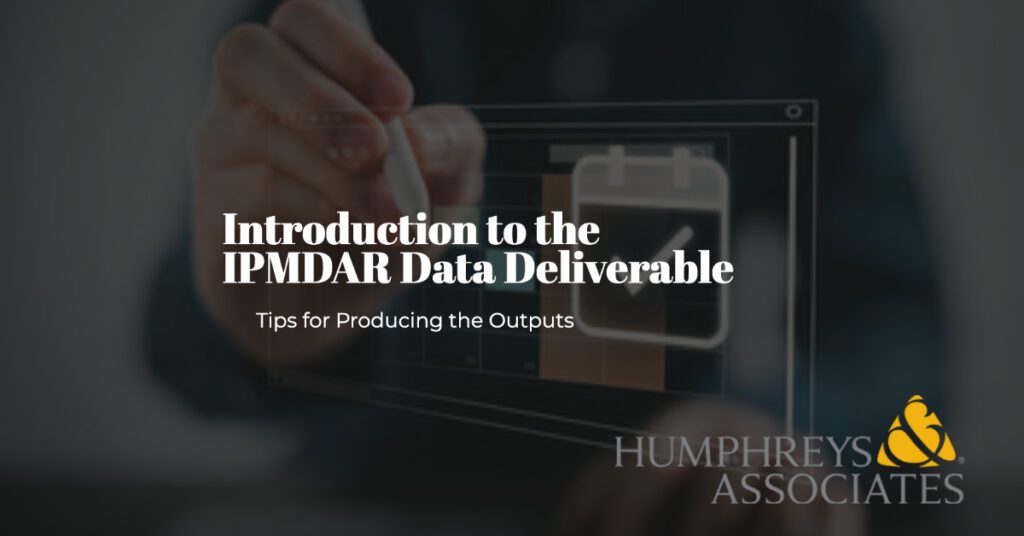
Contractors new to earned value management (EVM) often give us a call to help them respond to a government customer request for proposal (RFP) that includes the FAR or DFARS Notice of Earned Value Management System (EVMS) contract clause. Depending on the contract value threshold, the contractor will need to implement an EVMS that can at least produce the contract performance data submittals ($20M or greater) or complete a formal EVMS compliance review ($100M or greater) by a cognizant federal agency (CFA) such as the Defense Contract Management Agency (DCMA). Required data deliverables for a DoD or NASA customer reference the Integrated Program Management and Data Analysis Report (IPMDAR) Data Item Description (DID) as the means to submit monthly performance data.
What is the objective for placing the IPMDAR on contract?
The government customer wants the monthly source schedule and cost data from the contractor for their own contract performance analysis in a standard format. They need to have reliable schedule and cost data for visibility into current contract performance as well as credible schedule and cost projections for the remaining work. Will the contractor complete the remaining work effort within the contractual schedule and cost targets? The government program manager needs this information for their own planning and budgeting as well as forecasting their funding requirements.
A standard format for collecting the data is important for the government customer so they can perform program portfolio analysis. The DoD established their EVM Central Repository (EVM-CR) to routinely collect contractor data submittals for program portfolio analysis. The data is organized using the MIL-STD-881 (the DoD Standard for Work Breakdown Structures or WBS), as a common basis to organize program data. The IMPDAR DID data submission requirements are defined in the File Format Specifications (FFS) and Data Exchange Instructions (DEI). The FFS and DEI specify the required set of data tables using JSON encoding for the IPMDAR cost and schedule data submissions while narrative text is submitted using Microsoft Word or PDF files so the customer can perform text searches.
The government program manager can tailor the IPMDAR requirements as defined in the DoD IMPDAR Implementation and Tailoring Guide that complements the DID. For example, they can specify the level of data detail (control account or work package level), whether data can be delivered incrementally, variance analysis options, and requirements for the Performance Narrative Report content.
What is included in the IPMDAR deliverable?
There are three components as outlined below
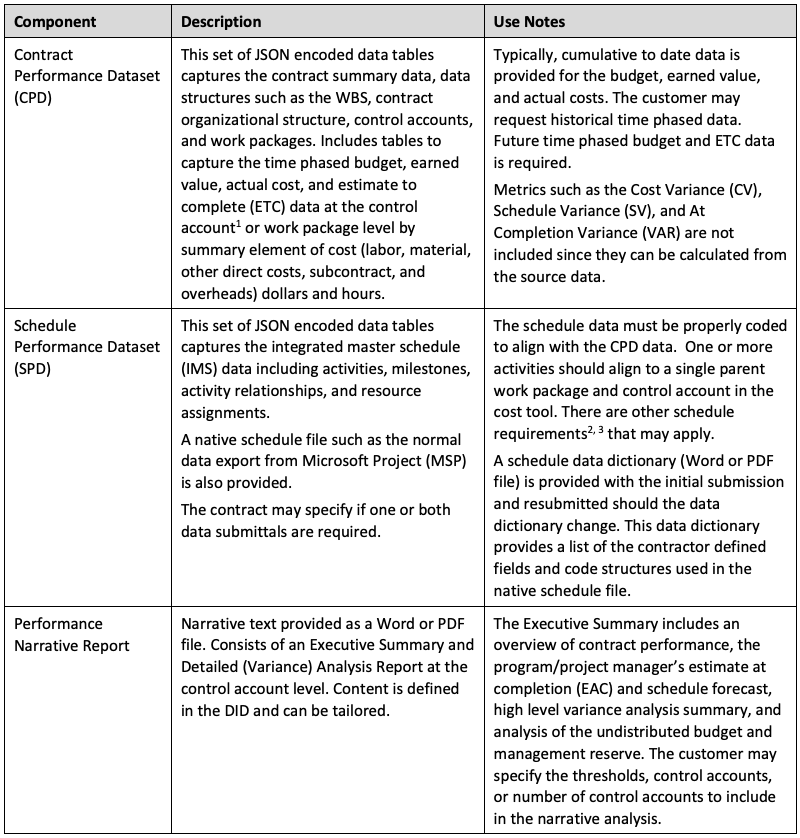
Notes:
- At a minimum, the IPMDAR requires data at the control account level with summary element of cost detail. The contract may specify work package level data.
- Inputs from a recent schedule risk assessment (SRA) should be included in the native schedule file submission when available. Depending on the schedule tool, the SRA data may need to be a separate file submission (Word or PDF). Results from the SRA along with other schedule analysis discussions (critical path, driving path, and schedule margin) are required to be included in the Detailed Analysis Report narrative.
- The customer may request the results from a schedule data quality assessment and health metrics be included in the Detail Analysis Report narrative.
What is required to produce the IPMDAR deliverables?
For contractors new to EVM, one of their first objectives is to figure out what schedule and cost tools they need to be able to provide the required IPMDAR data and narrative analysis to their customer. H&A earned value consultants are sometimes asked to provide recommendations on commercial off the shelf (COTS) tools for this purpose. Much depends on what the contractor already has in place.
Common schedule COTS tools such as MSP or Oracle Primavera P6 that have already been implemented will require an add-on to produce the SPD. Keep in mind that the IPMDAR does require SRA data and may require results from performing routine schedule data quality assessments. Some COTS add-ons to MSP or P6 are able to produce the typical schedule data quality metrics as well as produce the SPD. Other COTS scheduling tools such as Deltek Open Plan incorporate the SRA functionality, data quality metrics, and the ability to produce the SPD as part of the core product capabilities.
In most instances, contractors new to EVM do have an accounting/financial system in place to at least capture some level of contract or program/project budget and actual cost data. There may also be some capability to produce ETC data required for EAC financial analysis. The issue is organizing the complete set of time phased cost data (budget, earned value, actual cost, ETC) at the control account and work package level by summary element of cost that aligns with the schedule activity data. A contractor may be able to get by with Excel for a small project, however, it is time and cost prohibitive to create Excel macros to produce the CPD. Most COTS EVM cost tools are able to produce the CPD and have successfully completed the DoD EVM-CR data submission validation checks. This is a better alternative to building an in-house tool.
A data analysis tool such as Encore Analytics Empower is also a good option. Empower can import the time phased cost data from Excel or other COTS EVM tools and produce the CPD output. Empower can also import data from common COTS schedule tools. The benefit to using Empower is the ability to analyze the schedule and cost data in one place to verify alignment, produce interactive dashboards and a variety of analysis data views, and produce the IPMDAR Performance Narrative Executive Summary and Detailed Analysis Report.
Top Three Tips for Implementing Tools to Produce the IPMDAR Outputs
Here are a few tips from H&A’s earned value consultants on implementing tools to support the IPMDAR data submittals. Focus on getting the basics right.
- Continuously verify the quality of the schedule and cost data. Routinely perform schedule data quality assessment and health checks to proactively resolve schedule construction, status, or data issues. Perform routine cost data validation checks such as earned value and no actual costs for a work package or the cumulative to date earned value exceeds the budget at completion (BAC). Correct all data anomalies before producing the deliverables.
- Continuously verify the schedule and cost data are in alignment. Consistent schedule and cost data coding is critical to ensure integration and traceability.
- Anticipate the scope and level of data detail required. This can impact tool configuration, data structures, and data pulled from other business systems such accounting. For example, be prepared to provide the work package level of detail; actual costs will need to be available at this level. Another example is providing schedule risk assessment inputs; this is usually required at intervals specified in the CDRL.
H&A earned value consultants routinely help clients with constructing the schedule to support the IPMDAR data requirements, setting up the process to do routine data quality checks, integrating the schedule and cost data, and verifying the data before producing the performance reporting data submittals. Another common focus is producing clear and concise variance analysis narrative content.
We can do the same for you. Call us today at (714) 685-1730 to get started.
Introduction to the IPMDAR Data Deliverable – Tips for Producing the Outputs Read Post »

